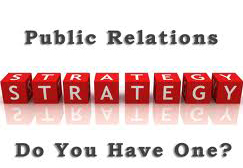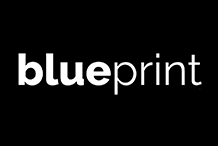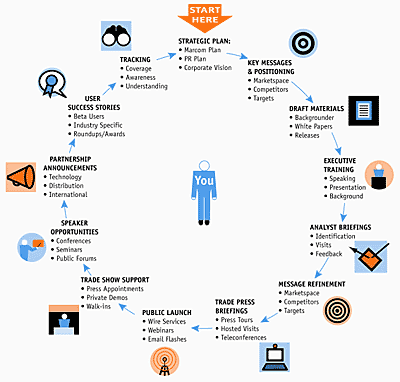
PR is usually seen as a sling shot approach to generating more awareness and ultimately more sales (or customers)…and the measurement tool used is usually based on how many media hits or feature story placements are secured. When that doesn’t happen, it’s back to the drawing board…but the truth is that PR is much more than securing media coverage, and it’s definitely much more than press releases.
Media is just one component of a well thought out PR strategy. Public relations is essentially about crafting and managing the public perception of your brand. It’s about deploying a combination of communications tactics to continually shape and influence the public.
Without an effective PR strategy the brand is at the mercy of the public, and that’s the worst position to be in. In a nutshell, an effective PR strategy is synergistic with the branding strategy and is a perfect companion to your messaging and marketing communications strategy.
So besides media, what’s in a comprehensive PR strategy?
The starting point to developing a formal PR plan is to first understand how it integrates into the marketing communications plan. An effective integrated marketing communications strategy is multi-layered with PR being one of those layers. Once extracted from the overall marketing strategy, the PR plan takes on a series of activities to interact with the public and strategically craft the ideal brand perception.
What’s the message? Many PR failures occur as a result of a lack of a cohesive message that resonates with the public. PR failures also occur because companies don’t know how to tell their stories. They haven’t quite figured out how to find the sweet spot between brand and audience.
So, how do you connect the public to the brand? What’s happening now with the organization that can be shaped into a story? Is there any hard news to tell, and if not, how do you craft news out of everyday business operations? Knowing the message and how to communicate it is the key to developing an effective PR strategy.
Besides press releases, which are often misused or overused anyway, there are additional tools to distribute key news and core messages. White papers and case studies do an exceptional job of positioning the company as a thought leader and so do by-line articles and opinion editorials, especially when it’s from the CEO or senior executive.
Submitting the organization for industry awards and roundups helps to extend credibility from among peers. This is also a good tactic for securing media mentions especially from trade media. Speaking engagements, conferences, seminars, and trade shows also help extend the brand and position the organization and its executives as a thought leader.
Tracking and measuring all PR activities is key to gauging effectiveness. Measurement shouldn’t rely on just media mentions and news item placements but should also assess tone of coverage, media penetration, and key message exposure.




